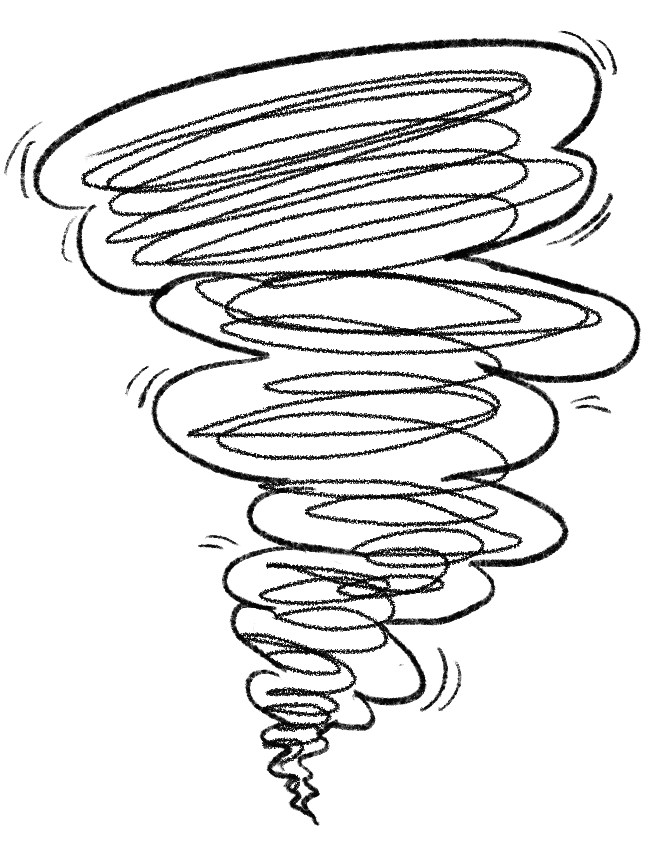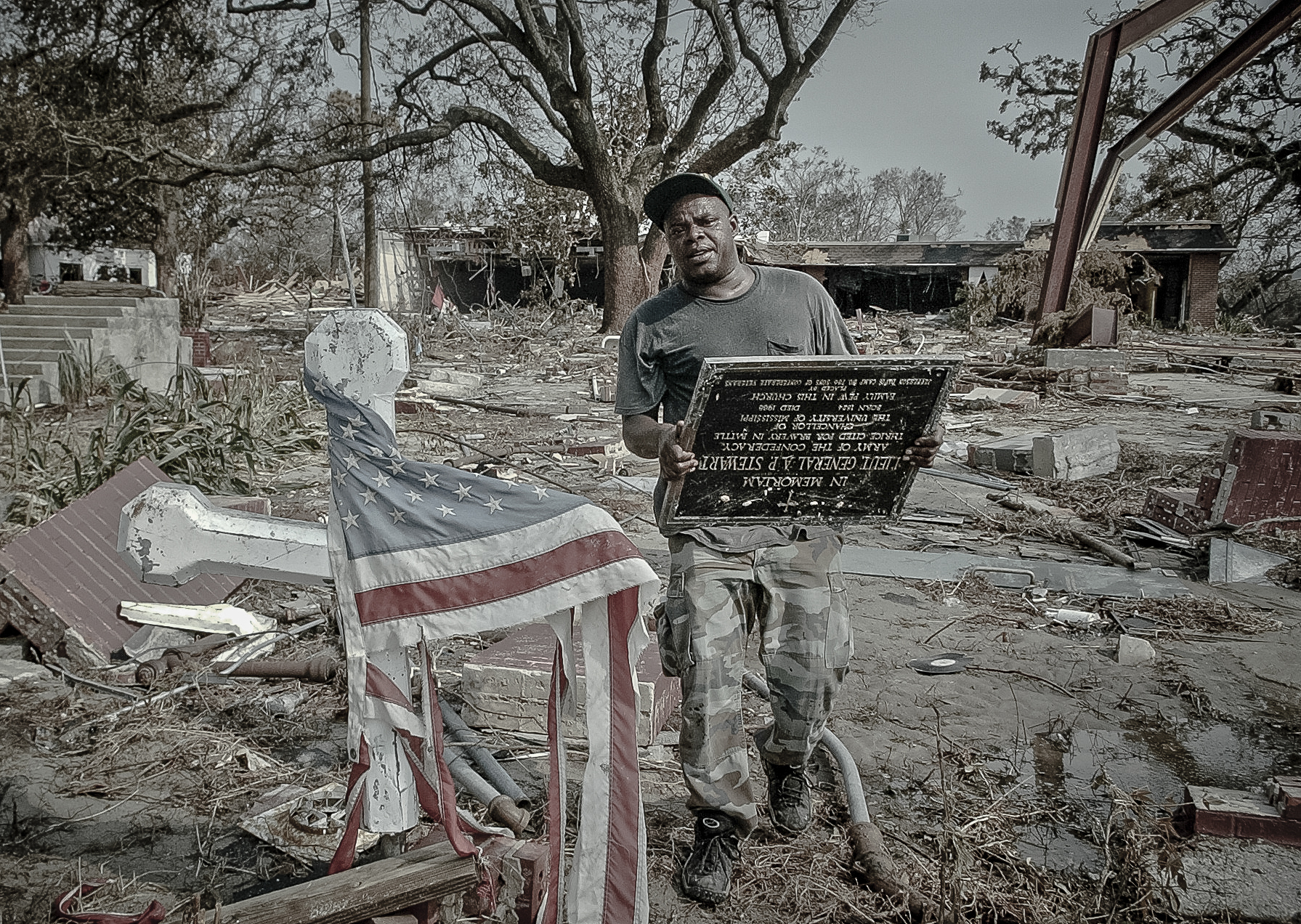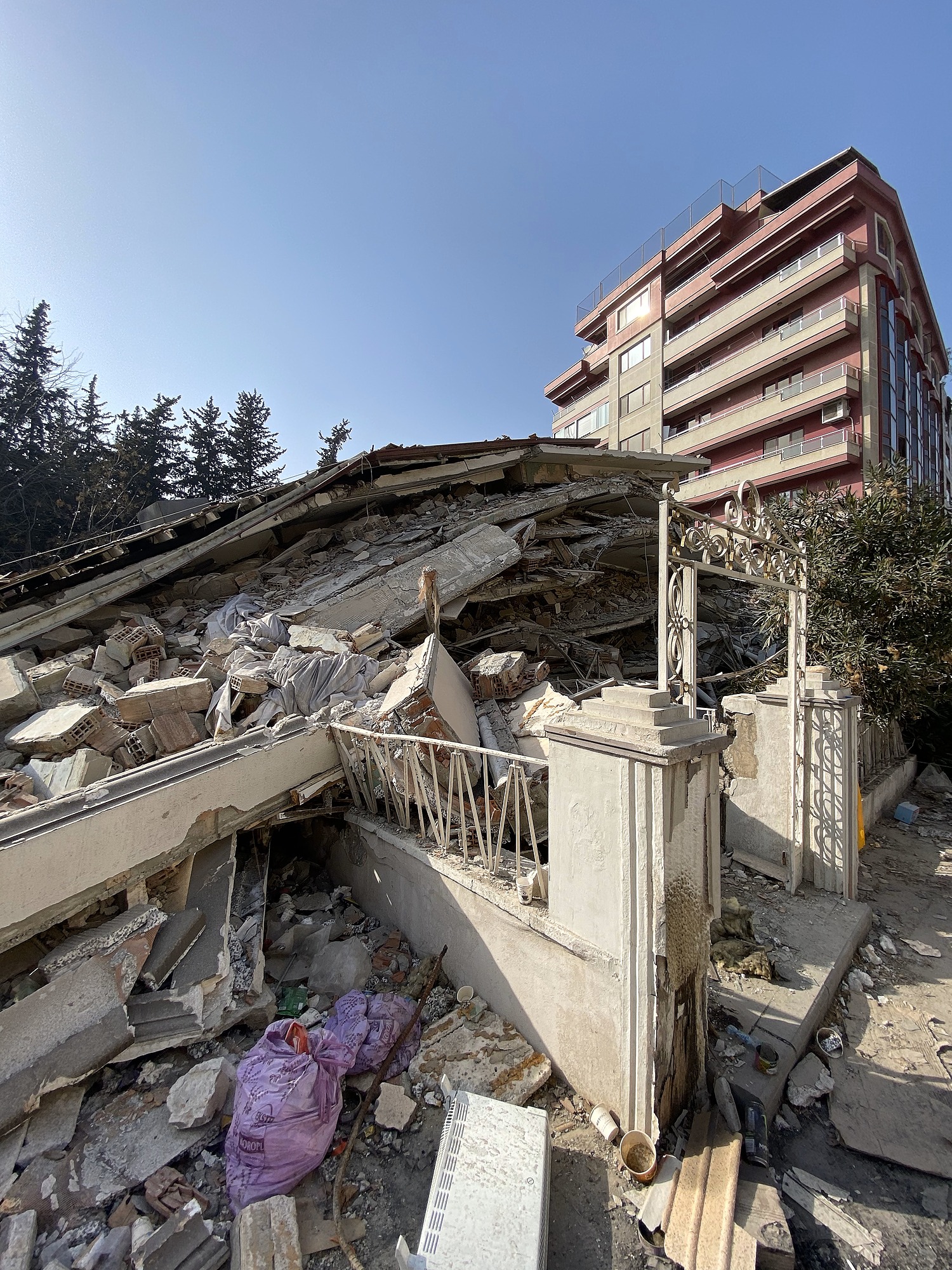Climate emergencies and natural disasters

When a hurricane evacuation notice is issued, a citizen's job is to pack up and travel to safe ground. But a journalist's job is to head to the disaster zone with their protective gear and camera equipment to ensure they are on the scene.
In the age of climate change, natural disasters and extreme weather are on the rise. Journalists covering these events require a keen eye for risk assessment and careful preparation. Above all, they need empathy. How do you approach someone standing in the rubble that was once their home, where they watched their kids take their first steps and celebrated holidays around the dinner table?
Approaching survivors with care and caution is a must. Photojournalist Robert Rosales has encountered many people affected by natural disasters. In 2005 he covered Hurricane Katrina, which devastated New Orleans and the surrounding area and killed 1833 people, for the Albuquerque Journal. According to Rosales, you should approach survivors very delicately, especially if you want to photograph them.

"Don't start pointing your camera right away. I didn't want to approach a complete stranger with a camera up to my eye because they would have interpreted that as insensitive. I was trying to gain their trust, and trying to let them understand that I was there to try to tell their story."
Roberto Rosales, a visual journalist and photography instructor at the University of New Mexico
When reporting on environmental disasters, it is crucial to adhere to safety precautions, such as making sure that you are fully stocked with protective clothing, water, nonperishable food and gasoline for transport. A portable generator is also a good idea. Journalists may have to cope with a loss of power, cell phone or internet connection.
It is also important to be informed on the science behind the extreme weather event and the way it has affected people and communities. Establishing a human connection is key.
"There's no special technique, you're just understanding that this is a human being who has gone through significant loss and significant fear. And you understand that as you go in and ask your questions, you're not an interrogator, you're another human being."
Felicity Barringer, environmental reporter for the New York Times
For Bedel Saget, a multimedia editor at the New York Times, this can mean passing up on an interview opportunity. "You have to trust your instincts. Let that guide you as to when to engage with someone," he said.
Saget has covered numerous natural disasters in his 35 years at the Times, including the Turkish earthquake in 2023 and the wildfires that engulfed Maui, Hawaii in 2023. He also serves as a volunteer firefighter in his community of Huntington, Long Island. In these roles, he has to interact with people who may be experiencing the worst day of their lives.

"In Turkey, I was doing interviews and I saw this family. The husband, wife and child were standing in front of an apartment complex that was reduced to rubble and ashes. I knew what they were waiting for: signs of hope, signs of life, closure."
Bedel Saget, multimedia editor and visual journalist, the New York Times
Saget decided that now was not the time to approach the family and moved on. When survivors do appear open to communication, Saget said engaging with them often begins with a simple "hello." Although he always lets them know he is a journalist, a formal introduction is not usually the first step. "It has to be organic. Feel the person out. Do they seem very reserved? Are they welcoming? Do they want to tell their story?"
Saget added that it was important not to be "paralyzed with fear" during an extreme event, because reporters have signed up for the job. Often you are working as a team.
"There's a strong sense of camaraderie. You don't want to let the team down . . . I'm going to try to to do the best job I can. I always try to take younger journalists with me, because it's an incredible opportunity to learn."
For Saget, the best way to unwind is to come home. "Coming home to familiar surroundings, to family and loved ones, that's the decompressing part. It's about removing myself. Okay, it's done now," he said.
For further information, see our self-care strategies.